Understanding Real-Time Customer Behavior Analysis
Real-Time Customer Behavior Analysis means watching what customers do as it happens, not days later. You see clicks, views, taps, scrolls, carts, and support actions in the moment. Then you respond straight away. It turns slow reporting into live insight.
Traditional analytics is useful, but it is often delayed. By the time a weekly report lands, the chance to help a customer may be gone. Real-time data fixes this. You learn what is working now, where people are stuck, and which offers land best.
It also connects teams. Marketing can adjust a campaign mid-flight. Product can spot a broken flow before it spreads. Service can step in when a customer shows signs of frustration. With a single live view, decisions become faster and more confident.
How Real-Time Customer Behavior Analysis Works
The main data sources
Real-time data comes from your website, mobile app, POS systems, email, and live chat. You can add store sensors, beacons, and call centre logs. Together they create a clear, live picture of the journey.
Tracking actions as they happen
Small snippets of code collect events like page views, button taps, video plays, and cart updates. Each event has a timestamp and a user or session ID. This lets you follow the path without guesswork.
Turning raw data into useful insights instantly
A streaming pipeline cleans and enriches the data. It groups events by person or segment. Simple rules and models then trigger actions. For example:
- Show a free shipping banner when a cart nears a set value
- Alert support if a customer repeats a failed payment
- Offer a nudge when a product page gets many views but no add to cart
These actions run in seconds, not hours. As a result, customers feel seen and supported while they are still engaged.
Key Benefits of Real-Time Customer Behavior Analysis
The first win is speed. Teams can test a change at lunch and measure results by afternoon. That short loop keeps momentum high and waste low. The second win is personalisation. With Real-Time Customer Behavior Analysis, messages match intent in the moment. A first-time visitor might see a welcome offer. A loyal customer might see a bundle that fits their history. It feels relevant, not random.
The third win is reduced friction. Live signals reveal broken links, slow pages, and confusing steps. You can fix them before they hurt revenue. This protects the experience and your brand. There are clear commercial gains too. Better targeting lifts conversion. Timely help lowers refunds and churn. Smarter spend means stronger return. Put simply, real-time turns data into action while it still counts.
Tools and technology behind Real-Time Customer Behavior Analysis
Platforms that make it possible
Modern analytics platforms collect, process, and visualise data in seconds. They connect to your website, app, and sales channels so you can see customer actions in one place. Many include built-in dashboards that show live metrics without needing manual reports.
The role of AI and machine learning
AI speeds up analysis by spotting patterns humans might miss. It can predict which customers are likely to leave, which products might trend, and which offers will get the best response. This allows for smarter, faster decisions without constant manual effort.
Integrating with existing systems
The best setups link real-time analytics with your CRM, marketing tools, and support software. This way, when customer behaviour changes, every connected system can respond in sync — whether that’s sending a personalised offer, alerting support, or updating a lead score.
Using Real-Time Customer Behavior Analysis to improve sales
Live data can be a direct driver of revenue. By seeing buying signals instantly, you can act before the opportunity passes. For example, if someone views the same product multiple times, you might send them a limited-time discount or an invite to chat.
Instant personalisation is another sales booster. Customers get messages that fit what they are doing right now, not what they did last week. This can help reduce cart abandonment, increase upsell opportunities, and make the buying journey smoother.
Real-time insight also helps identify and fix sales blockers. If a large number of people stop at the checkout page, you can test changes quickly and see results on the same day.
Challenges in Real-Time Customer Behavior Analysis
Handling large amounts of fast data
Collecting every click, tap, and scroll generates a lot of information. Without the right tools, it can be overwhelming. Filtering for relevant signals ensures you focus on actions that matter to your goals.
Maintaining accuracy
Real-time systems need clean, reliable data. Errors or missing events can lead to poor decisions. Regular testing and validation keep insights trustworthy.
Privacy and compliance
Live tracking must follow privacy laws and customer consent rules. Clear communication and secure storage protect both your brand and your audience.
The future of Real-Time Customer Behavior Analysis
Real-time insights are moving beyond the digital world. More stores, events, and service providers are using sensors, IoT devices, and AI-powered tools to track and respond to customer actions in physical spaces.
Predictive analytics will become more common, letting businesses act not only on what customers are doing now, but also on what they are likely to do next. Integration across every touchpoint — online and offline — will make the customer journey more connected and personalised than ever.


